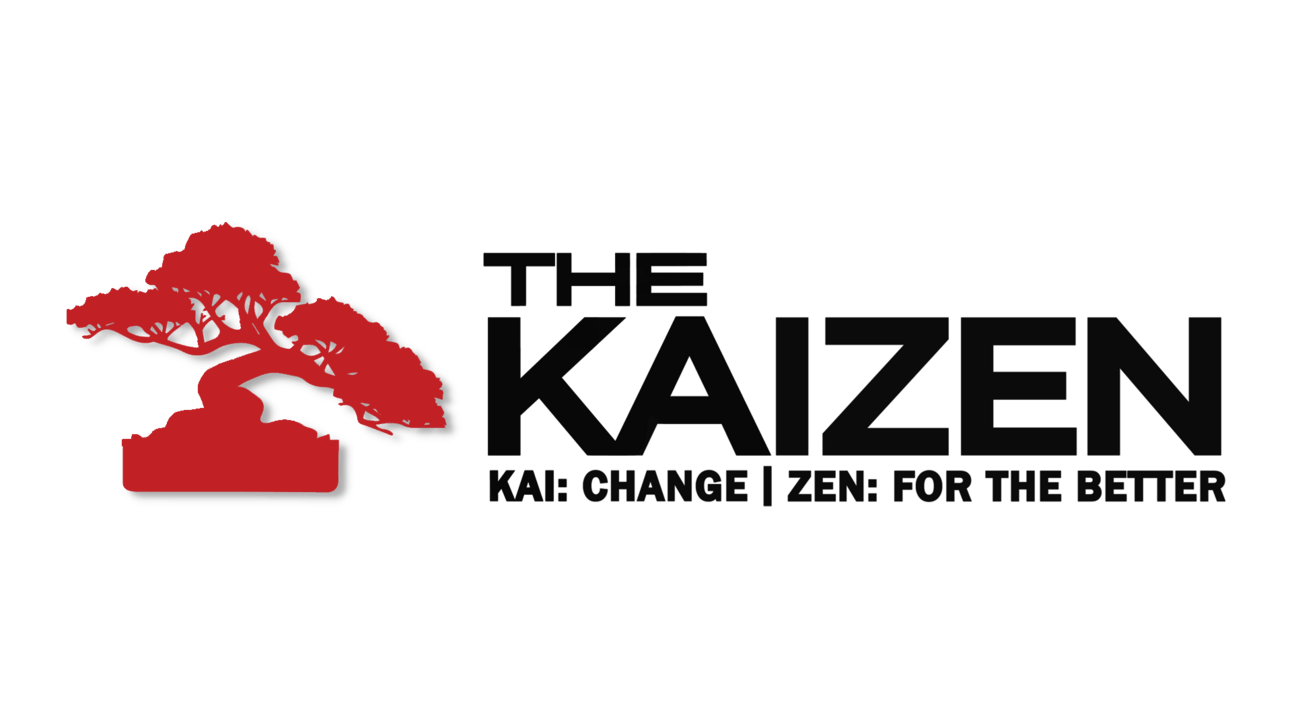- The Kaizen
- Posts
- The Story Behind 'Kaizen'
The Story Behind 'Kaizen'
The underlying message was ‘continuous, incremental improvement’ throughout the workplace, almost like stepping stones that would allow a gradual increase in the Japanese economy.


QUOTE OF THE DAY
“Greed isn’t what drives the world, instead it’s envy. Our lives are objectively the best humanity has ever had yet complaining & dissatisfaction is as high as ever.”

THE MEANING OF ‘KAIZEN’
299 Words | 1 Min 20 Sec Read

After World War II, Japan was facing nation-wide challenges. Socially, politically, and economically, they had seen better days, to put it bluntly.
This led to a lot of re-thinking in the way they operated business practices, as they were stumped for ideas as to how they should rebuild their countries infrastructure.
American quality experts W. Edwards and Joseph Juran were tasked with helping Japan rebuild their economy, leading to the introduction of revolutionary statistical quality control and management principles to Japanese industries.
Although not clear at the time, this was the start of ‘Kaizen’ as we know it.
By 1950, these newly adopted business practices had spread like wildfire throughout Japan, with most leading manufacturers implementing them within their mission and values.
The underlying message was ‘continuous, incremental improvement’ throughout the workplace, almost like stepping stones that would allow a gradual increase in the Japanese economy.
However, like all business philosophies, they needed a name, and there was only one that would best describe the concept:
‘Kaizen’ or, as known in Japan, ‘改善’.
KAI (改) means ‘change’ and ZEN (善) means ‘for the better’.
It is not a coincidence that many other multi-billion-dollar companies followed suit and implemented Kaizen in their organisations.
Sony, Canon, Toshiba, Nissan, and Honda are just a few of the many others that have dominated markets while aligning with the Kaizen Values.

TAKEAWAYS:
From that point onwards, ‘Kaizen’ became a staple for improvement and is the exact reason why we adopted the name, as it perfectly aligns with our mission.
We aim to empower young, ambitious minds to enable you to become your best self through continued education and improvement.
We are the tool, the resource, and the movement to help you create your future, and we couldn’t be more glad to have you onboard.

LESSON OF THE DAY ⤵️



“As a 16 year old, what can i do to work towards improvement? To me it seems that - except for the few exceptional people - when still in school, one really can only focus on better grades, a better body and a clear mind. Apart from that, do i need to do anything?
Thanks for the newsletter btw.“
‘Self-improvement’ is a social construct, which means that there is no real meaning; it only means what others have assigned to it.
The process of improving yourself is on a person-by-person basis; some may consider it climbing out of a mental pit, and others may consider it growing their calves at the gym. You can only truly improve yourself if you are doing it by your own standards and improving what you deem important.
What you deem important will change over time, which means that as time goes on, you will improve various aspects of yourself.
Want to ask The Kaizen something? Click this link, ask your question, and every day we pick one out to answer in the next day's newsletter.

ARE YOU SICK AND TIRED OF US?
We get it; for some, the daily emails can be a lot, but the last thing we want is to lose you as a subscriber because of that.
So we came up with an alternative: The Kaizen Weekly.
One hard-hitting edition a week, every Friday.
We both know you need The Kaizen in your life, and whether thats once a week or once a day, thats up to you.
If you want to change your preferences, check out this link:
Was this forwarded to you? Sign up here
Got any questions or thoughts about this edition? If so, send us an email to [email protected]
